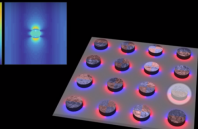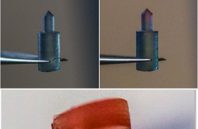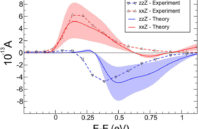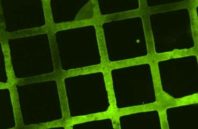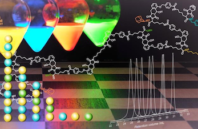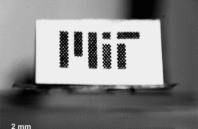Exploiting a process known as molecular self-assembly, MIT chemical engineers have built three-dimensional arrays of antibodies that could be used as sensors to diagnose diseases such as malaria or tuberculosis. These sensors, which contain up to 100 stacked layers of...
Read more
3-D Antibody Arrays Offer Better Sensing
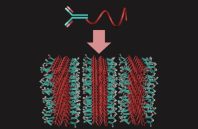

 (585) 768-2513
(585) 768-2513

